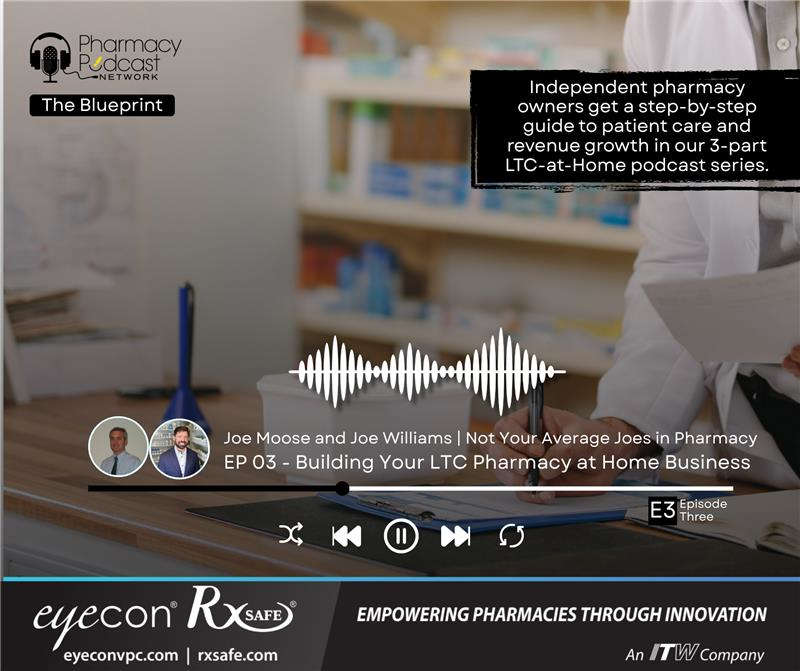Next year, there will be significant changes to how DIR fees are collected. CMS will remove retroactive application of DIR fees beginning Jan. 1, 2024. The ruling is intended to create more transparency in drug costs for patients and pharmacies.
In approximately 12 months, there will be significant changes to how direct and indirect remuneration (DIR) fees are collected.
In a final ruling entitled Medicare Program; Contract Year 2023 Policy and Technical Changes to the Medicare Advantage and Medicare Prescription Drug Benefits Programs, the Centers for Medicare and Medicaid Services (CMS) has removed the retroactive application of DIR fees beginning Jan. 1, 2024

The ruling, which will mean that pharmacy benefits managers (PBMs) cannot apply retroactive clawbacks to scripts already sold, is part of CMS’s efforts to create more transparency in drug costs and is aimed at helping both patients and pharmacies.
What does the elimination of retroactive clawbacks mean for independent pharmacy?
While this new ruling is a step in the right direction, it still does not eliminate DIR fees altogether. PBMs will still be able to apply DIR fees at the “negotiated price” at the point of sale.
As every pharmacy owner knows, a major problem with DIR fees is that since they are retroactive, fees are not applied at the time of sale. The fees are assessed weeks or months after the prescriptions are filled, meaning pharmacies may take a loss and not even recoup the cost of dispensing.
This new rule will mean that pharmacists will be able to immediately see what they will be paid for the drug they just dispensed, and not have to wait for weeks and weeks (or months) to learn what they owe the PBMs. This makes the process a little more transparent and predictable.
What does it mean for patients’ drug costs?
The ruling is encouraging news for both patients and independent pharmacies, as it is expected to reduce out-of-pocket costs for patients and will introduce more ‘predictability’ for pharmacies.
Pharmacy groups such as the APhA (American Pharmacists Association), NCPA (National Community Pharmacists Association), and NACDS (National Association of Chain Drug Stores) have lauded the ruling as a step toward increased transparency. The ruling also prevents PBMs and Part D plans from exploiting a gray area in the law that allows arbitrary decisions on how much pharmacy price concessions are passed to patients at the point of sale during the coverage gap in the Medicare Part D program.
How will the CMS ruling affect a pharmacy’s cash flow come January 2024?
The question on every pharmacy owner’s mind is: how will this affect my cash flow?
The CMS ruling acknowledges the possibility that “changes in cash flow may cause some already struggling pharmacies to decrease services or medication availability, and/or be unable to remain in business, which may impact pharmacy networks.”
What CMS overlooked is the fact that PBMs will still be able to collect retroactive DIR fees from 2023 until the first day of 2024. This will mean that pharmacies will be hit twice during this transition period: the fees paid immediately at the point of sale in the new year and the fees still uncollected and unpaid from prescriptions from 2023.
How can pharmacies soften the blow?
For cash-strapped pharmacies already struggling with labor shortages, diminishing profit, and high overhead costs, this news may be too much to bear.
So, what are some solutions business-savvy owners have found?
In a panel at the 2022 NCPA conference, pharmacy owners Scott Pace and Tripp Logan shared their insights on how best to prepare for this change. These include:
- Planning early - Estimating the timing and amounts of plans that have DIR fees in 2023 and how long into 2024 will you still owe 2023 DIR fees is crucial.
- Earmarking cash - To compensate for the overlap between 2023 and 2024, put aside cash as a contingency, so you are not caught flat-footed when cash flow becomes tight.
- Scaling your cash / non-dispensing revenue sources – Consider increasing point-of-care testing, immunizations, long term care, and over-the-counter products.
While a pharmacy’s prescription sales make up the bulk of its revenue, overreliance on script count puts it at the mercy of payers and PBMs.
Partnering with long-term care facilities, such as assisted living facilities, skilled nursing homes, hospices, and other LTC (long term care) settings, through organizations such as GeriMed, help pharmacies eliminate some DIR fees for these services, plus generate more revenue.
Growing cash-based revenue that involves no third parties, no billing – and most importantly, no PBM interference – makes the most sense. Among the best cash-based revenue streams pharmacies should consider are nutraceutical packs and CBD products. Both offer pharmacy owners a healthy markup and create opportunities for them to educate their patients about the benefits and effectiveness of supplements for specific conditions.
How is your pharmacy preparing for this change? Share your comments in the form below.
If you would like to have an in-depth discussion on how to address this issue, or if you would like to learn more about scaling your business, speak to one of our business transformation experts at (833) 791-1772.







.png)


